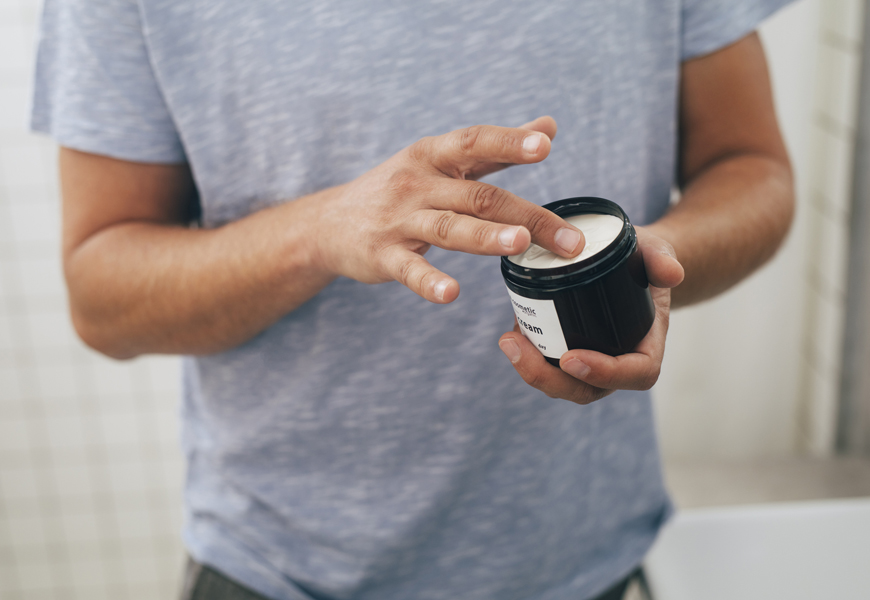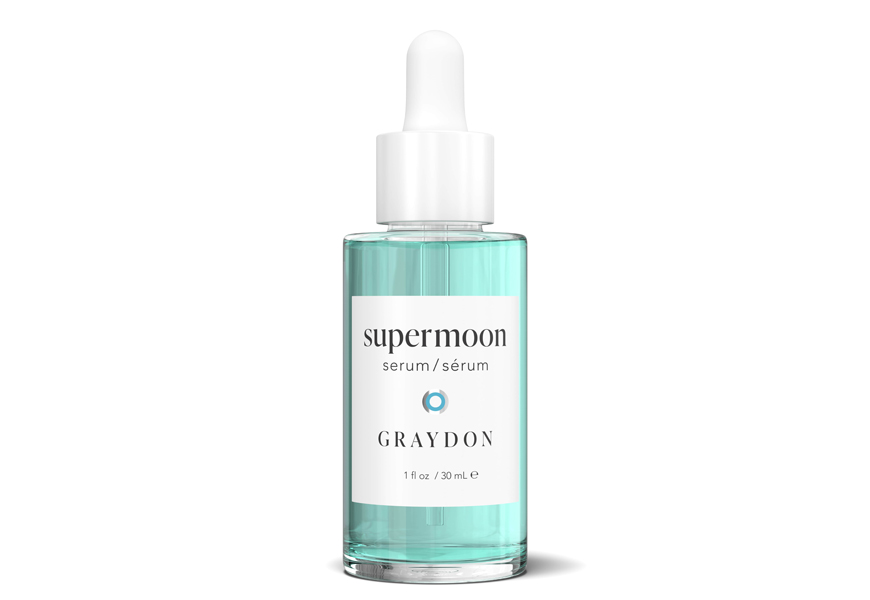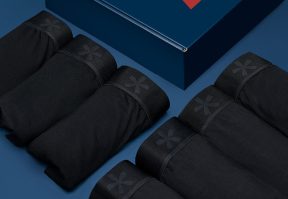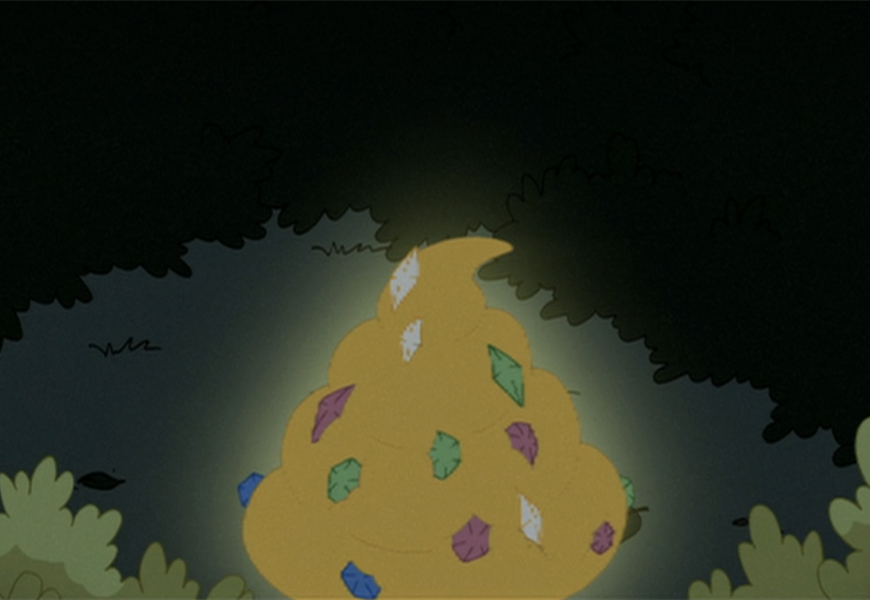It can be tricky to know which face, skin, hair and body care products to buy and avoid, based on their ingredients. The list of what’s good for you versus what’s bad for you versus what’s clean or green versus what’s hard on the environment is seemingly ever changing, making it challenging to stay current and in the know. Yashi Shrestha, the director of science and research for Novi Connect put together a list of the most commonly questionable and sometimes banned ingredients to read up on to help you make the best choices for you and your lifestyle.
Benzophenone
What they are: Chemicals that prevent UV light-related changes to scent and colour and keeps lip balms and nail polishes colourful. It’s also added to perfumes for its notes of sweetness.
Why they’re banned: “These chemicals are linked to hormone disruption, organ toxicity and cancer,” says Shrestha.
Butylate
What they are: Man-made preservatives and stabilizers that extend the life of a product, and can be found in cosmetics. Also known as butylated hydroxyanisole (BHA) and butylated hydroxytoluene (BTA).
Why they’re banned: “These preservatives have been linked to hormone disruption, liver and kidney damage and cancer,” says Shrestha.
Ethoxylate
What they are: Sulfates and polyethylene glycols (PEGs) are responsible for the bubbles and rich lather that products like shampoos can create. Additionally, they are used as emulsifiers and humectants.
Why they’re banned: “The manufacturing process produces toxic byproduct 1,4-Dioxane, a chemical linked to cancer,” says Shrestha.
Formaldehyde (and formaldehyde-releasing)
What it is: One of the oldest preservatives used in beauty and grooming products, known for helping hair lock into a straighter position during keratin hair treatments.
Why it’s banned: “Regular exposure can lead to sore throats and nosebleeds. Also known as a human carcinogen linked to cancer,” says Shrestha.
Hydroquinone
What it is: A topical bleaching agent used in skin lightening and hyperpigmentation treatments to alter skin color and appearance.
Why it’s banned: “This bleaching agent has been linked to allergies, immune responses and cancer,” says Shrestha.
Mineral Oil
What it is: A petroleum-based moisturizing agent, often found in face creams and lip balms.
Why it’s banned: “Found to be the largest accumulated contaminant in the human body. A 2019 study also raises flags on its environmental impact, as accumulated mineral oils clog pores in the soil, making them less permeable to water and air,” says Shrestha.
Oxybenzone
What it is: A chemical compound that’s effective at blocking harmful UVA and UVB rays from being absorbed in the skin. Commonly found in most drugstore sunscreen products.
Why it’s banned: “Oxybenzone has been linked to hormone disruption and skin irritation,” says Shrestha.
Parabens
What they are: Preservatives and antimicrobial chemicals that prevent bad bacteria and molds from growing in products.
Why they’re banned: “These chemicals have also been linked to hormone disruption, reproductive issues and skin irritation,” says Shrestha.
Phthalates
What they are: Chemical binding agents that improve the aesthetics and form of a product, like making fragrances last longer and keep hair spray pliable.
Why they’re banned: “Phthalates have been linked to hormone disruption and reproductive issues,” says Shrestha.
Triclosan
What it is: A stabilizer consisting of antibacterial and antimicrobial chemicals that prevent bad bacteria and mildew from growing. Can be found in hand sanitizers, body soaps and mascaras.
Why it’s banned: “While this ingredient is understood to usually stabilize or elevate a product, adding triclosan to over-the-counter hand sanitizers wasn’t found to be more effective than good old soap and water,” says Shrestha.
Tricloban
What it is: An antimicrobial agent similar to triclosan.
Why it’s banned: “Similarly, it hasn’t been found to improve or benefit the sanitization effect of products compared to washing with soap and water. It’s linked to hormone disruption and organ toxicity, and is known to accumulate in the environment, including soil, air and water,” says Shrestha.












